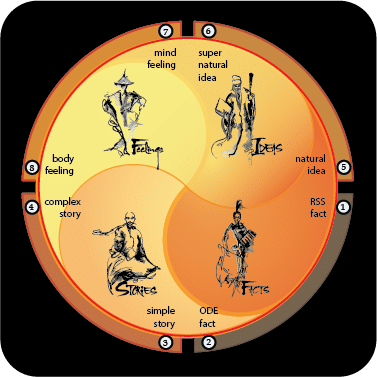How common is it for autism to be diagnosed later in life?
To begin with, please forgive the dissertation. I’ve watched this change a lot during the past 30 years. The brief answer is, it’s more common now than previously. But it wasn’t always this way. Because of these changes, it may be helpful to briefly review how and why we got to where we are today. More important, since these changes include changes to the meaning of the word “autism” itself, to answer your question, I need to offer a bit of history.
The diagnosis?
Two men, in the 1940’s, began the path to what we see today. Leo Kanner described what became one kind of autism; Hans Asperger, a second kind. Ironically, originally, both descriptions more resembled each other and the now defunct diagnosis, “Asperger’s,” than the 1950’s wordless version. And to see this as true, consider these excerpts from these two men’s early writings.
Leo Kanner, in his 1943 paper, began with the words, “Donald T. was not like other 5-year-old boys.” Leo Kanner was referring to a 33-page letter he’d received from Donaldʼs father. In it, this father described his son in obsessive detail. No coincidence there. He said that his son was “happiest when he was alone… drawing into a shell and living within himself… oblivious to everything around him”; that Donald “had a mania for spinning toys, liked to shake his head from side to side and spin himself around in circles, and he had temper tantrums when his routine was disrupted.”
Hans Asperger published his paper a year later, in 1944. He’d written about four nerdy high school boys and said they exhibited, “a lack of empathy, little ability to form friendships, one-sided conversations, an intense absorption in a special interests, and clumsy movements.” He called these boys, “little professors.” No coincidence, my father, who hated this about me, called me the same thing. In both cases, this referred to our tendency to talk about special interests in ginormously, albeit boring to others, detail.
From the 1950’s thru the early 1990’s, only people with noticeably severe symptoms got an autism diagnosis. Less severe cases (like mine) were simply referred to as that we were “shy.” This changed in the early 1980’s when Lorna Wing introduced Hans Asperger’s then recently translated paper to the English-speaking world in a paper published in Psychological Medicine.
Now consider the bias all of this created. For a long time, only seriously-odd children got the Autism diagnosis. (Think, “5 year old Donald.”) Then in the 1990’s, older kids and adults began to get the Asperger’s diagnosis. Of course, once you’d been given either of these diagnoses, you pretty much were stained with it for life. In part, this is why I’ve so often felt the need to write on Quora about us being human beings first, and folks with a minority personality second.
This changed yet again in 2013, when the DSM-V came out. Despite there having been two clearly different autism’s for decades, the DSM-V’s authors ignored the many protests against these changes and employed the typical reductionist bullshit to further obfuscate the matter. They then combined all the symptoms into one big mess and called it all, Autism.” Then they divided this mess into three levels of severity. Level 2 refers to what had previously been called, “Asperger’s Syndrome.” Level 3 refers to what had called, “Autism.” And Level 1 refers to people who previously fell completely within the bounds of mainstream normal folks, but whom these “geniuses” felt should be added to the Autism category.
Can you see why I felt the need to add all this? Your question; “do more people get diagnosed with Autism later in life now?”; in some ways, can’t be answered without these details. So yes, many more people get this diagnosis later in life now. But can this be directly compared to earlier times? Not really. And the real question is, are more folks diagnosed because there’s an “Autism epidemic?” Or is this happening because the medical community loves to label each and every shred of human suffering? To be honest, I tend to think it’s a combination of both, along with a general increase in our self-awareness and higher standards for personal our relationships.
